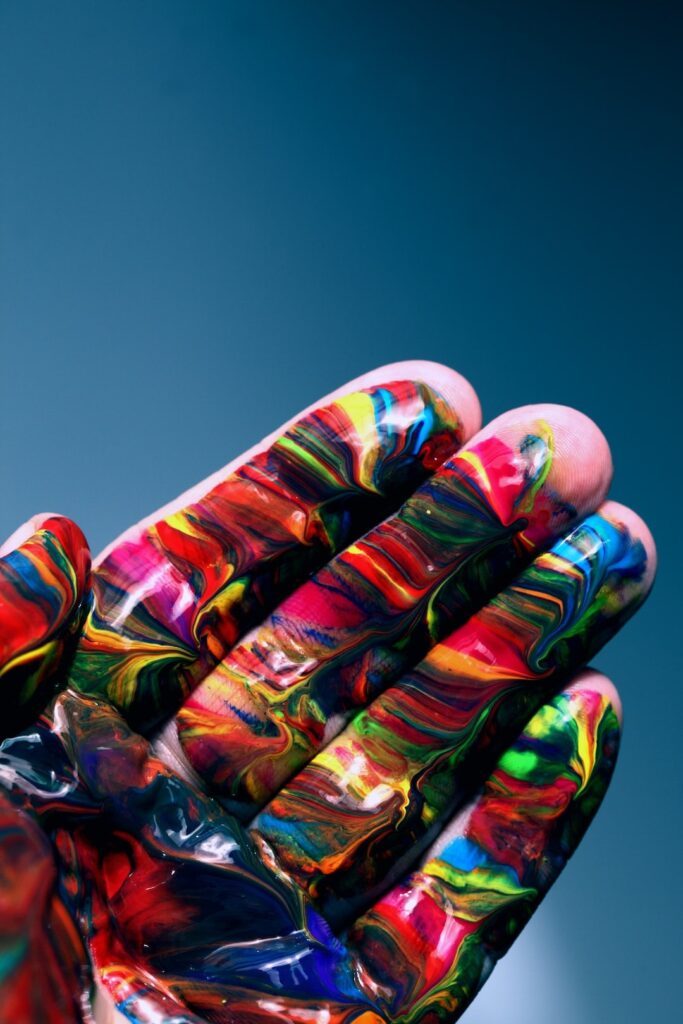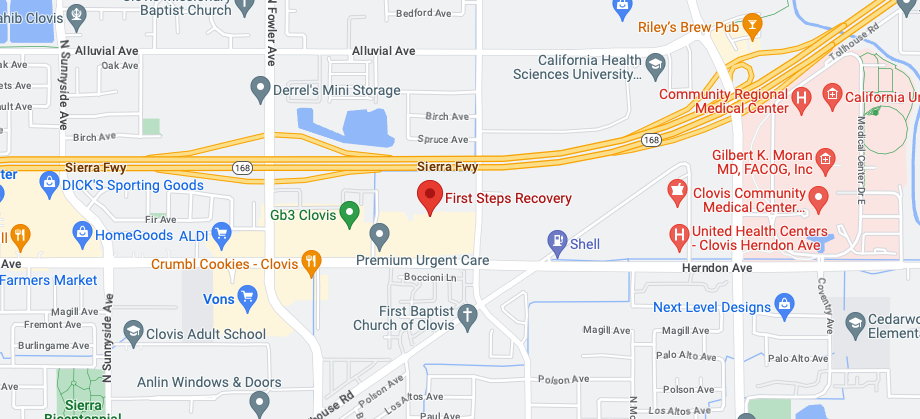You’ve heard the saying, “A picture is worth a thousand words.” It’s not just a lovely expression. Instead, it’s a beautiful illustration of the connection between communication and art.
Art therapy has increased in popularity over the last few years as researchers have come to understand its benefits. This article will explain the basics of art therapy, why it benefits everyone, and its use in substance abuse treatment.
What Are the Basics of Art Therapy?
The term “art therapy” is often used by mental health practitioners, but its rarely understood by the public. One of the biggest misconceptions about art therapy is that you need to be an artist to benefit.
However, the benefits of art therapy extend to everybody, not only those who are good at art. The focus of art therapy is not on producing “good” or “beautiful” art. Rather, the focus is on providing an additional way to process and understand emotions.
What Art Therapy Isn’t
Art therapy isn’t an art class focused on teaching techniques and making you a better artist. Instead, it focuses on teaching you how to express your inner thoughts and feelings.
Furthermore, art therapy isn’t used only in school settings. While this form of therapy is used often in schools, professional art therapists also use it in a variety of settings, including:
- Mental health facilities
- Group homes
- Hospitals
- Residential treatment centers
- Senior centers
- Rehabilitation centers
When you think of therapy, you may think of drawing and painting. However, there are a variety of exercises you may do during a session. For example, you may make collages, sculpt with clay or wood, finger paint, or doodle. Several techniques and art mediums are employed to create a better connection with your emotions.
Art Therapy Definition and Purpose
Art therapy is a form of holistic therapy. Holistic therapies are used in conjunction with traditional therapies to engage with your healing in richer ways. Licensed art therapists trained in therapy techniques and art conduct these sessions.
This form of therapy helps individuals express, interpret, and process their thoughts and emotions. Art is especially beneficial when dealing with painful and difficult emotions. The goal is to find relationships between the art made and how you feel inside.
Art creates an outlet and additional line of communication to find resolutions for painful feelings and thoughts without getting stuck. By releasing your emotions through art, you make room for introspection and develop new coping skills.
In addition, art may help you reawaken old memories you have suppressed that may lead to mental health struggles or substance abuse. Art can also make you feel more in control of your life by giving you a safe place to process your feelings.
What Are the Benefits of Art Therapy?
There is a lot about the brain that scientists don’t understand. However, research has suggested that art helps treat a variety of conditions, including:
- Anxiety
- Depression
- Post-traumatic stress disorder (PTSD)
- Stress
- Substance use disorder (SUD)
- Eating disorders
Channeling your creativity for one hour has been shown to reduce stress levels, improve self-esteem, and elevate your mood, even if you’re not naturally artistic. Furthermore, research has shown that painting may help to reduce pain and improve hand-eye coordination and mental acuity.
Painting and other holistic options focus on improving the entire self, which makes them helpful for almost everyone.
Art Therapy in Substance Abuse Treatment
Drug and alcohol treatment centers have started using holistic therapies, such as art therapy, in conjunction with traditional therapy to increase overall well-being and promote complete recovery. SUDs rarely exist on their own. Instead, they are often the result of more significant mental health issues or trauma.
Traditional therapies like cognitive-behavioral therapy (CBT) or dialectical behavior therapy (DBT) teach you how to transform negative patterns of thoughts and behavior into positive ones. They also use research-based approaches to break old habits. By weaving in holistic therapies, treatment centers are helping patients address substance abuse from previously-ignored angles.
Holistic therapies have emerged in popularity as research has shown the increased effectiveness of customized treatment plans centered around an individual client’s needs. When clients’ needs are met during drug or alcohol treatment, they are more likely to stay on the path of recovery.
The most important thing to remember when doing any form of holistic therapy is to not go into your first session with preconceived notions or judgments. By approaching art with an open mind, you increase your chances of the treatment being helpful.
If you’re struggling with substance use disorder (SUD) and traditional therapy on its own hasn’t helped, art may be a source of hope. More drug and alcohol treatment centers have started incorporating holistic and conventional therapies to promote overall wellness. If you’re located in the Central Valley, you don’t have to look far to find a treatment center that uses such therapies. At First Steps Recovery, we believe in a customized approach to treating SUDs. We combine group and individual therapy with art, music therapy, and yoga to heal your entire self. Our mental health professionals believe in treating the body, soul, and mind to promote life-long recovery. Recovery is a process. However, by providing our clients with a choice of online, inpatient, and outpatient options and a variety of holistic options, First Steps Recovery gives our clients hope. Contact us today at (844) 489-0836 to learn more.







